1. Living on a Houseboat
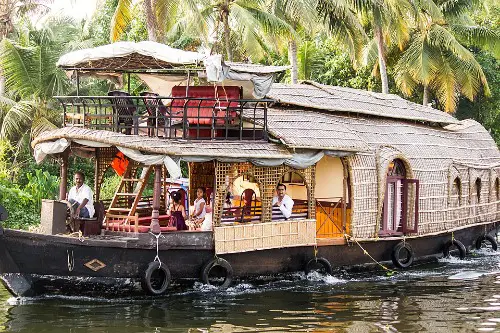
Houseboats seem like a dream — floating on water, surrounded by nature, and free from the typical city hustle. But when it comes to everyday life, the limited space can get claustrophobic fast, especially during bad weather. Maintenance is another nightmare because water exposure constantly threatens the structure and systems. Plus, docking fees and legal regulations can add up, making it less idyllic than it sounds.
You also have to worry about sewage and freshwater management, which is a constant balancing act. Power and internet access aren’t always reliable, especially if you’re anchored far from shore. And don’t forget, storm seasons can force you to evacuate or deal with serious damage. So while living on a houseboat sounds peaceful, the practical side can drain your energy and your wallet.
2. Tiny Homes in Remote Wilderness
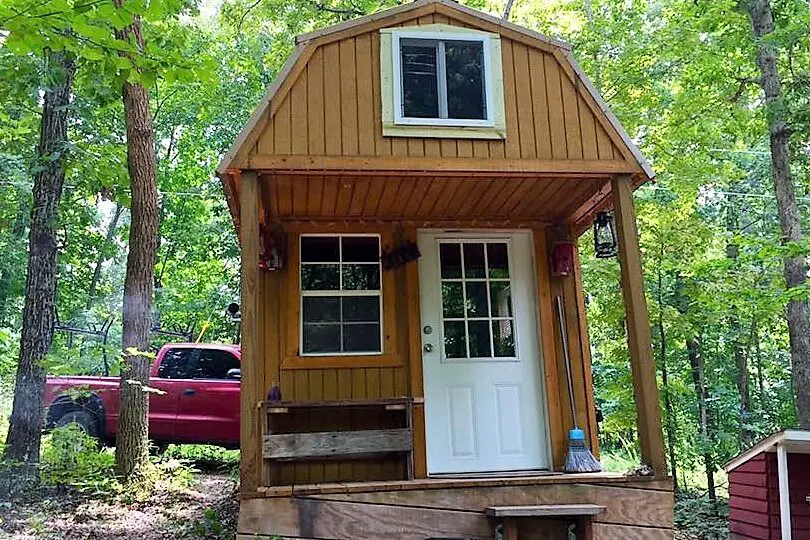
Tiny homes offer a minimalistic, cozy lifestyle, often placed in scenic, quiet wilderness spots. It’s tempting to imagine waking up to birdsong and panoramic views, but getting utilities like electricity and running water out there is a major challenge. You’ll likely need solar panels, a well or water delivery, and off-grid waste solutions, all requiring constant upkeep. Then there’s the struggle of getting supplies in and out, especially during harsh weather seasons.
Emergency services are another big concern — reaching a hospital or grocery store can take hours or even days. Deliveries and mail might be sporadic, and internet connections may be spotty at best. If you’re used to city conveniences, the isolation can feel more stressful than peaceful. It’s a beautiful vision, but logistically, it’s a full-time job just staying connected and comfortable.
3. Living in a Converted School Bus (Skoolie)
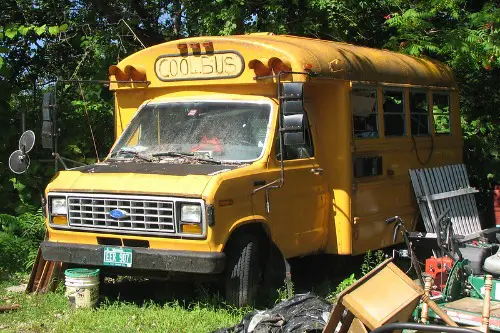
Converting a school bus into a home on wheels sounds incredibly freeing — travel wherever you want and never pay rent again! But in reality, the cramped quarters mean you’re living with limited storage and a tiny kitchen, which makes daily life tricky. Mechanical breakdowns are a huge worry because finding bus parts isn’t as easy as a car, and repairs can be expensive. Also, parking overnight legally can be complicated since many places restrict RV or bus parking.
You’ll also need to handle your own waste disposal, water refill, and power generation, often relying on solar panels and external hookups. Maneuvering a big bus through narrow roads or cities requires skill, and gas mileage is poor, so trips can be costly. Add to that the challenge of climate control inside a metal box that heats up or freezes depending on the weather. The idea is fun, but the logistics can get overwhelming fast.
4. Living in an Earthship
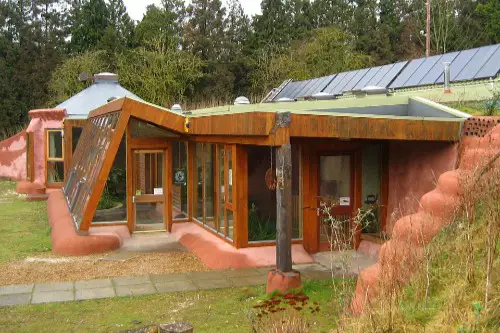
Earthships, those self-sustaining homes built from recycled materials and designed to use natural energy, sound like the perfect eco-friendly haven. The concept is great — rainwater harvesting, solar power, and growing your own food — but the construction process is intense and not quick. You’ll need specialized skills or help to build and maintain the complex systems. Sometimes these homes are located in remote areas, adding the usual challenges of access and supplies.
Also, Earthships can face legal hurdles depending on your local building codes and zoning laws. The systems designed to be self-sufficient require constant monitoring and occasional fixes, which can be stressful. If something breaks, you can’t just call a handyman; you’re often on your own. It’s a beautiful dream in theory but a major undertaking day to day.
5. Living in a Treehouse

Who wouldn’t want to live up in the trees, surrounded by nature and fresh air? Treehouses are whimsical and peaceful on paper, but practical issues quickly appear. Building a structurally sound treehouse that can withstand weather and support daily living requires expert craftsmanship and materials. Then there’s the problem of plumbing and electricity — running pipes and wiring up a tree isn’t easy or cheap.
Getting groceries, moving heavy items, and simply coming down from your home each day can become a workout. Heating and cooling can be difficult to manage as well because insulation is limited. Treehouses are great for short stays or creative spaces but living in one full-time demands a lot of work and resilience.
6. Living in a Shipping Container Home

Shipping container homes promise affordable, quick construction and a modern, minimalist lifestyle. It’s a clever reuse of materials, but containers were designed for cargo, not comfort. They’re prone to extreme heat and cold without heavy insulation, which can be costly and tricky to install correctly. Cutting out windows and doors weakens the structure, so reinforcements are necessary.
There’s also the issue of ventilation and moisture buildup that can cause rust and mold if you’re not careful. Local zoning and building codes often don’t easily approve container homes, complicating permits. Plus, transporting and placing containers on-site needs specialized equipment and planning. So while they sound like a smart solution, the logistics of making them livable and legal are complex.
7. Living Off-Grid in a Yurt
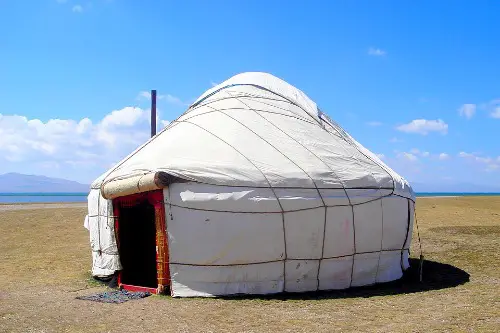
Yurts are cozy, portable, and have a charming connection to nomadic living traditions, making them feel peaceful and simple. But off-grid yurts usually mean no running water, no electricity, and limited insulation. You’ll likely rely on wood stoves for heat and camp-style cooking, which demands time and effort daily. Harsh weather can make living in a yurt uncomfortable, especially in winter.
Waste management is another concern since yurts often lack indoor plumbing. Getting internet and other modern conveniences usually requires creative tech solutions. These limitations can add up quickly if you want to live year-round. The romantic idea of yurt life sometimes clashes with reality.
8. Living in a Cave Home
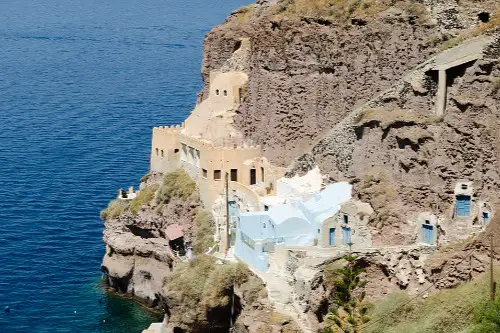
Cave homes have an ancient appeal — cool in summer, warm in winter, and literally part of the earth. Sounds peaceful, right? But creating a comfortable, modern living space inside a cave can be a nightmare in terms of moisture control and ventilation. You’ll constantly battle dampness and mold, which affects your health and the structure’s longevity.
Electricity and plumbing installations inside a cave are also tricky and expensive. Access to natural light is limited, requiring artificial lighting much of the time. Plus, getting permits for living inside a cave can be a bureaucratic maze. The allure is strong, but the practical side is full of obstacles.
9. Living on a Remote Island

Owning a small island sounds like the ultimate peace and privacy. Waking up to ocean views and no neighbors? Yes, please! However, transporting supplies and building materials can cost a fortune and take forever. You have to plan for every essential because there’s no quick trip to the store.
Power often relies on generators or solar panels, which need maintenance. Freshwater can be scarce and may require desalination systems or expensive deliveries. Medical emergencies become serious challenges due to distance from hospitals. The isolation is attractive, but the logistics can be overwhelming.
10. Living in a Converted Train Car
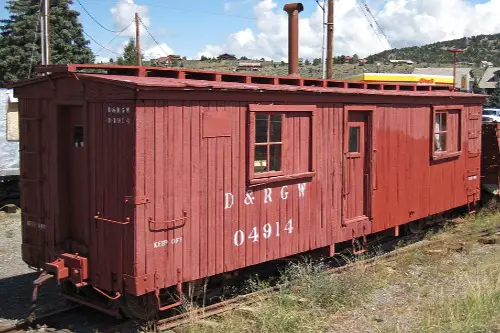
Train cars converted into homes have a unique charm and nostalgia that make for cool living spaces. The narrow, linear layout sounds cozy, but it can make room setup and furniture placement a puzzle. Insulation is usually poor, so temperature control is tricky and costly. Plumbing and electrical systems often need custom work to fit the unusual shape.
Moving the train car to a permanent site requires permits and heavy equipment. Parking and zoning laws may restrict where you can place it. Plus, the structural modifications to make it livable often require expert help. It’s a fascinating idea but comes with lots of practical headaches.
11. Living in an Off-Grid Dome Home
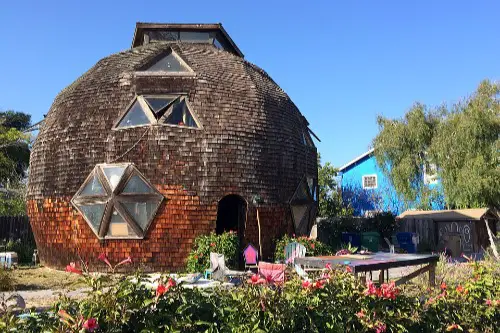
Geodesic domes look futuristic and efficient, often touted as disaster-resistant and energy-saving. They’re beautiful and spacious, but the construction requires specialized knowledge and materials that aren’t widely available. The unique shape makes it hard to fit standard doors, windows, and furniture. Plus, interior customization can get expensive.
Heating and cooling a dome evenly can be difficult because of airflow patterns. Maintenance is more complicated than a regular house because of the dome’s geometry. Getting permits and approvals can be tough due to the unconventional design. So, while they sound peaceful and eco-friendly, the logistics make it challenging.
12. Living in an Ice or Snow Home

Igloos or snow homes offer a fascinating, cozy image — warm inside a block of ice, surrounded by pristine snow. The insulation properties of snow are real, and it can keep you surprisingly warm. But these homes are inherently temporary and vulnerable to melting, so they’re seasonal at best. Rebuilding every year or even every few weeks requires time, effort, and skill.
You also need to source enough snow or ice to build with, which isn’t possible everywhere. Water management can be tricky since melting ice can cause flooding inside. Heating and ventilation systems have to be carefully managed to avoid structural damage. The concept is magical but far from practical for permanent living.
This post 12 Alternative Living Setups That Sound Peaceful But Are Logistical Nightmares was first published on Greenhouse Black.
